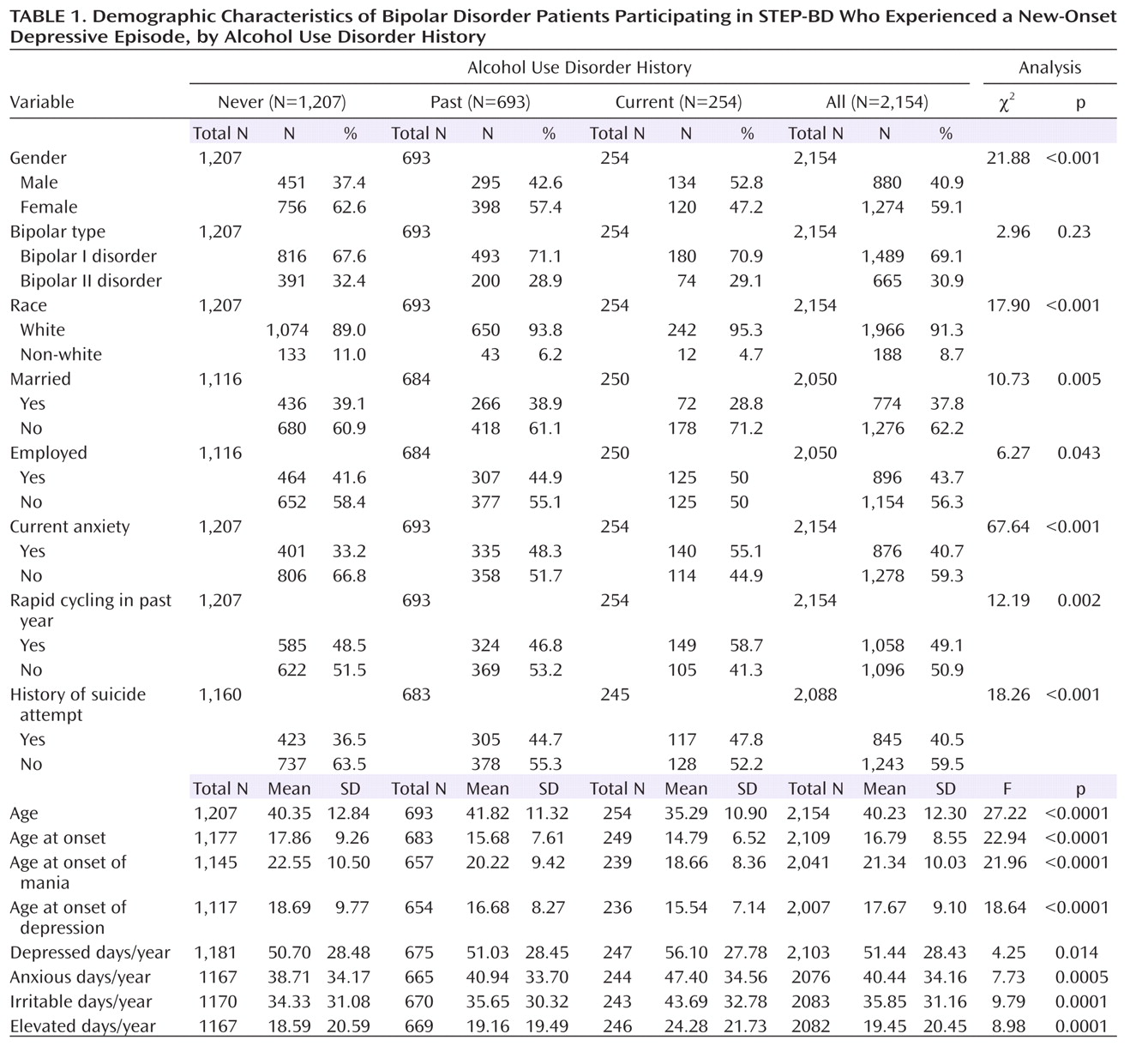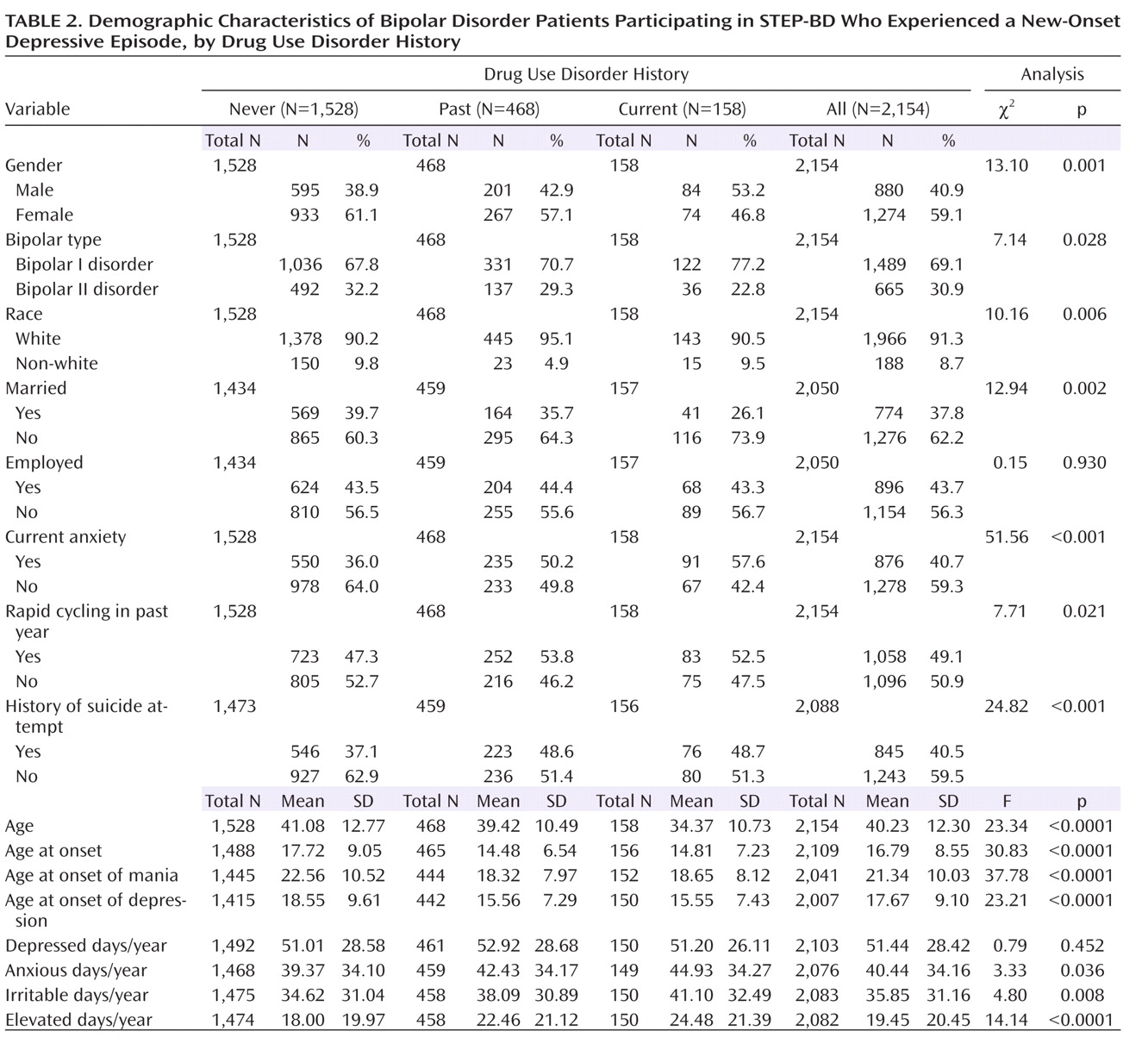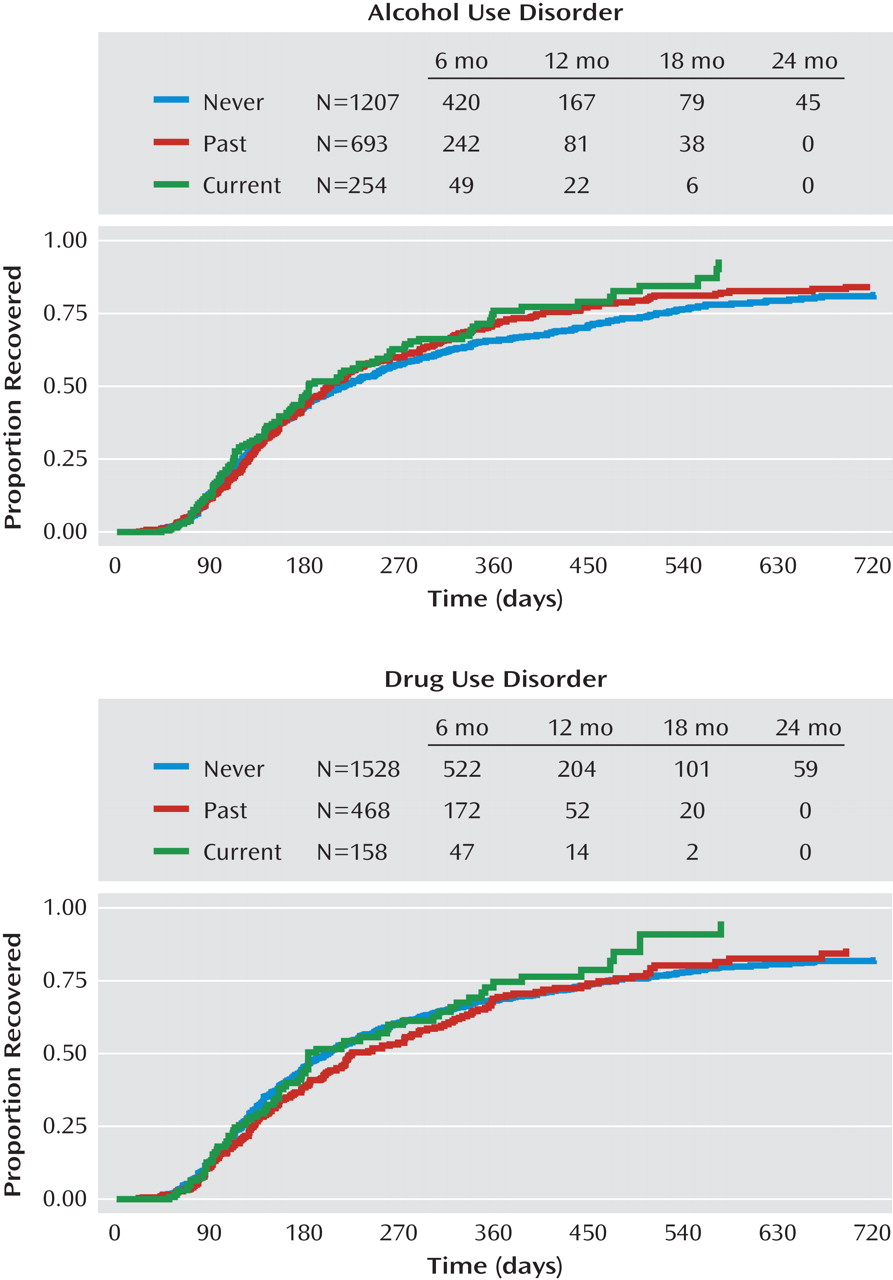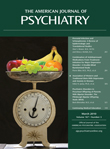Funding Information
Dr. Ostacher has received research support from Pfizer; he has served on the advisory/consulting boards of Pfizer, Schering-Plough, and Concordant Rater Systems; he has received speaking fees from AstraZeneca, Bristol-Myers Squibb, Eli Lilly & Company, Forest Pharmaceuticals, GlaxoSmithKline, Janssen Pharmaceutica, Pfizer, and Massachusetts General Psychiatry Academy (whose talks were supported in 2008 through independent medical education grants from AstraZeneca, Eli Lilly, and Janssen). Dr. Perlis has received honoraria or consulting fees from AstraZeneca, Bristol-Myers Squibb, Eli Lilly, GlaxoSmithKline, and Pfizer. Dr. Nierenberg receives research support from Bristol-Myers Squibb, Cederroth, Cyberonics, Eli Lilly, Forest, GlaxoSmithKline, Janssen, Lichtwer, the National Alliance for Research in Schizophrenia and Depression, NIMH, PamLabs, Pfizer, the Stanley Foundation, and Wyeth; he serves as an advisor or consultant to AstraZeneca, Basilea, Brain Cells, Bristol-Myers Squibb, Dainippon Sumitomo, Eli Lilly, EpiQ, Genaissance, GlaxoSmithKline, Innapharma, Jazz Pharmaceuticals, Merck, Neuronetics, Novartis, Pfizer, PGx Health, Sepracor, Shire, Targacept, and Takeda; he receives speaking fees from Eli Lilly, GlaxoSmithKline, Organon, Wyeth, and Massachusetts General Psychiatry Academy (whose talks were supported in 2008 through independent medical education grants from AstraZeneca, Eli Lilly, and Janssen); and he holds shares in Appliance Computing. Dr. Calabrese receives federal funding from the Department of Defense, Health Resources Services Administration, and NIMH; he receives research funding or grants from the following private industries or nonprofit funds: Cleveland Foundation, NARSAD, and Stanley Medical Research Institute; he receives research grants from Abbott, AstraZeneca, Cephalon, GlaxoSmithKline, Janssen, Eli Lilly, and Lundbeck; he serves on the advisory boards of Abbott, AstraZeneca, Bristol-Myers Squibb, Dainippon Sumitomo Pharma, Forest, France Foundation, GlaxoSmithKline, Janssen, NeuroSearch, OrthoMcNeil, Repligen, Schering-Plough, Servier, Solvay/Wyeth, Takeda, and Supernus Pharmaceuticals; and he reports CME activities with AstraZeneca, Bristol-Myers Squibb, France Foundation, GlaxoSmithKline, Janssen, Johnson & Johnson, Schering-Plough, and Solvay/Wyeth. Mr. Stange reports no financial relationships with commercial interests. Dr. Salloum has received research support from AstraZeneca, Abbott Laboratories, Ortho McNeil Pharm, Drug Abuse Sciences, Inc., Alkermese, Inc., Oy Contral Pharma, and Lipha Pharma; he has acted as a consultant for Abbott Laboratories, Forest Laboratories, Cephalon, and AstraZeneca; and he has been an invited speaker by Abbott Laboratories and Sanofi Aventis. Dr. Weiss has received research support from Eli Lilly and company and has consulted to Titan Pharmaceuticals. Dr. Sachs serves on the speakers bureaus of Abbott, AstraZeneca, Bristol-Myers Squibb, Eli Lilly, GlaxoSmithKline, Janssen, Memory Pharmaceuticals, Novartis, Pfizer, Sanofi-Aventis, and Wyeth; he serves as an advisory board member or consultant for Abbott, AstraZeneca, Bristol-Myers Squibb, Cephalon, CNS Response, Concordant Rater Systems, Elan Pharmaceuticals, Eli Lilly, GlaxoSmithKline, Janssen, Memory Pharmaceuticals, Merck, Novartis, Organon, Otsuka, Pfizer, Repligen, Sanofi-Aventis, Schering Plough, Sepracor, Shire, Sigma-Tau, Solvay Pharmaceuticals, and Wyeth; and his spouse holds shares in Concordant Rater Systems.
This study was supported by grant K23AA016340-01A1 from the National Institute on Alcoholism and Alcohol Abuse (Dr. Ostacher), NIMH grant N01MH8001 (Dr. Sachs), and grants DA022288 and DA15968 from the National Institute on Drug Abuse (Dr. Weiss). STEP-BD was funded with Federal funds from NIMH under Contract N01MH80001. Any opinions, findings, and conclusions or recommendations expressed in this publication are those of the authors and do not necessarily reflect the views of the NIMH.





